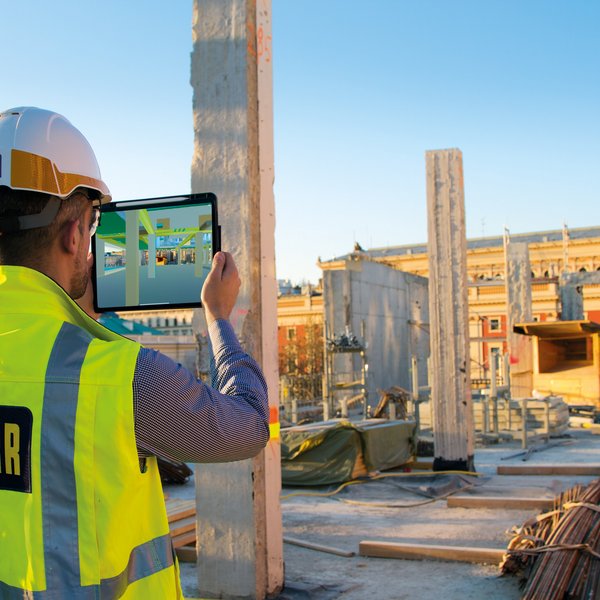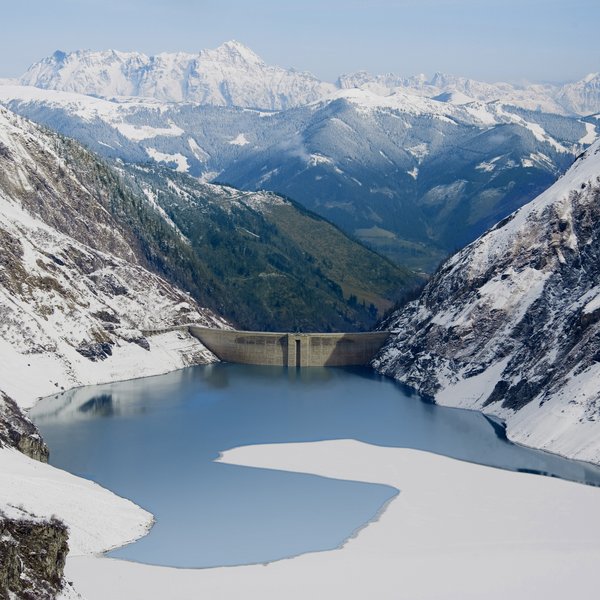
Wind power: sustainable, efficient, cheap
First the basics: wind turbines convert the force of the wind into a torque that has an impact on the rotor blades. The amount of energy the wind transfers to the rotor during this process is closely linked to the air density, surface area of the rotor, and wind speed, as well as the altitude. So far, so good. But there’s more to it than that.
The challenges: for wind power to be used effectively, a range of parameters need to come together. For example, there are many obstacles – such as buildings or trees – that reduce the wind flow and hence its speed. What’s more, the rotors can pose a danger to birds or bats. It also brings changes to the landscape, which can bother some people. And the technology is not exactly easy to manufacture either. Larger turbines are now being installed in order to drive up performance as they generate more energy thanks to optimal torque. And rotor blades are getting longer and longer. The use of special blade materials to withstand even the highest stresses incurs additional costs.
Wind power pays off
At first glance, generating electricity from wind power comes with all kinds of challenges. And you could be forgiven for thinking that the costs would therefore be especially high. But look closer and consider the pure economic feasibility and you realise something: investing in wind power makes much more sense than investing in fossil fuels. Back in 2009 it was around 22% more expensive to open a modern wind power facility than to build a coal-fired power plant but prices have fallen sharply in the subsequent decade. Namely from 359 US dollars per megawatt hour to around 40 US dollars.
At the same time, wind power has the advantage that - unlike a coal-fired or nuclear power plant - the operator does not have to bear any running costs for the energy source. After all, wind is available everywhere and practically all the time. This is also true for solar power: the price of the plants mainly consists of the costs for the actual technology like producing the solar panels. By the way, a solar panel now costs a mere 0.4% of what it cost in the early 1960s.
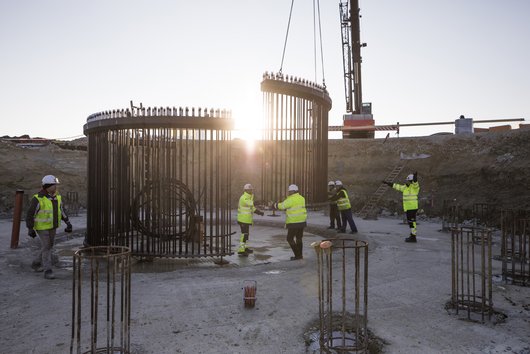

And it’s getting even better
While operating a wind plant is practically carbon-free, the use of fossil fuels is responsible for around 87% of global CO2 emissions. And while it’s almost impossible to further increase the efficiency of coal-fired power plants – and mining and purchasing coal will always involve costs – wind energy is still ripe with potential for optimisation.
Smart business today means investing in renewables. Our customers benefit from PORR’s extensive experience in renewable energy and the knowhow of our experts. Because when it comes to sustainability, PORR is ahead of the pack.
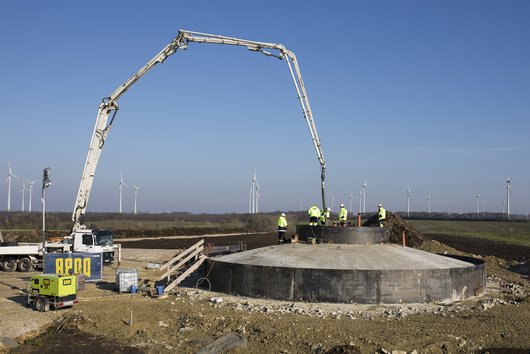

Did you know …
- … that wind parks are often built near seas or oceans? Air density is especially high at sea level, leading to an increase in the level of energy recovery. That is why there are hardly any plants at higher altitudes.
- … how long people have been harnessing the power of the wind? For more than four millennia. At least, that’s what some researchers believe based on written records. Others think the first windmills were built in the 7th century AD. The oldest references in Europe come from England, where wind power has been used since the 9th century AD.
- … wind turbines have to be a minimum distance away from residential areas to pass the first permit process? In Austria this distance varies from province to province. In Lower Austria, for example, the biggest wind energy producer in Austria, a wind plant must be 2,000m from any land approved for housing construction that is not part of the municipality.

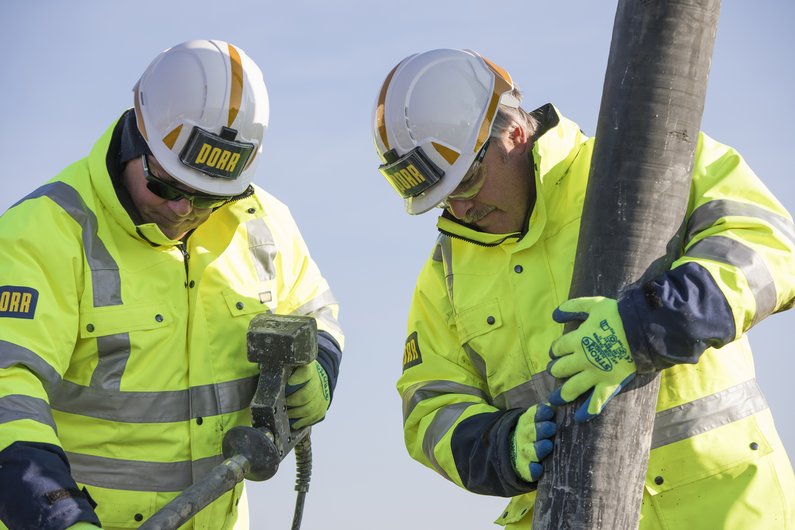
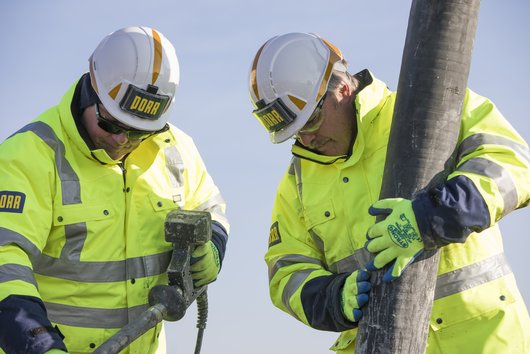
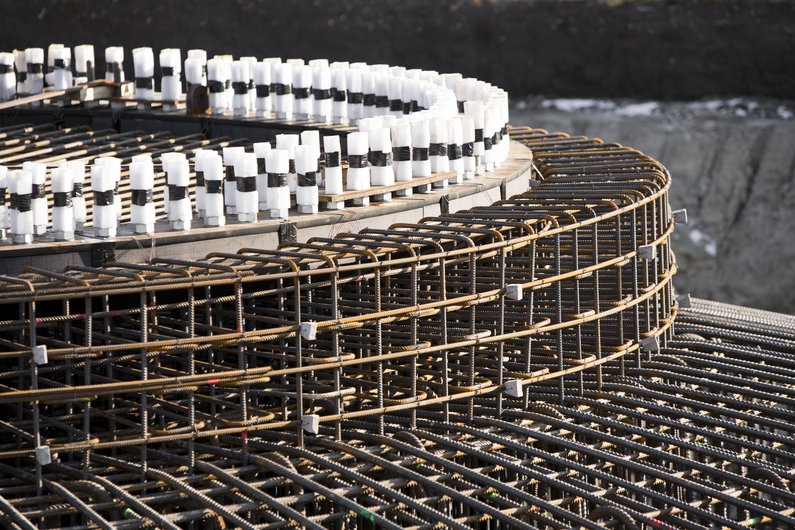
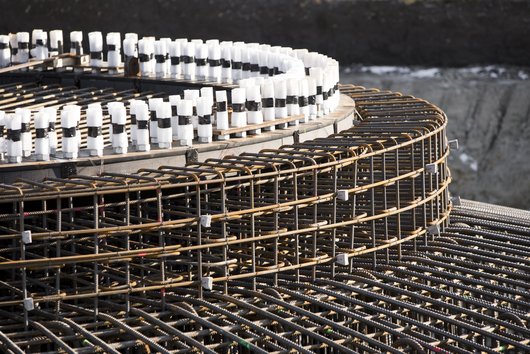
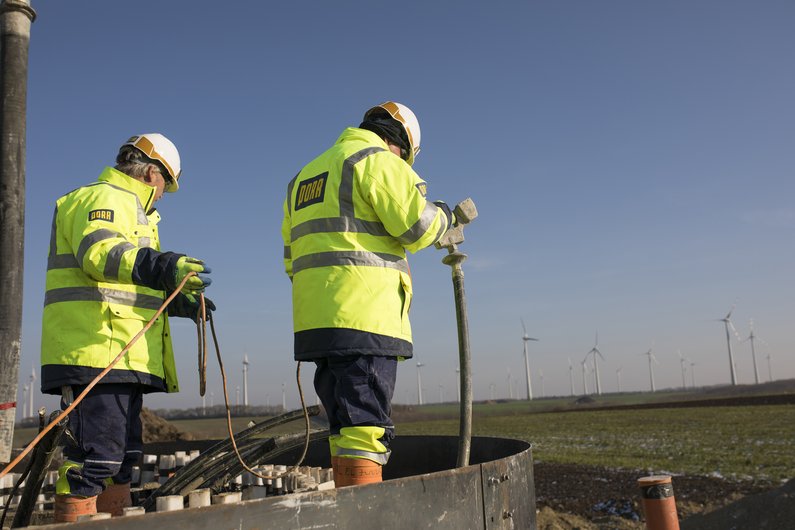
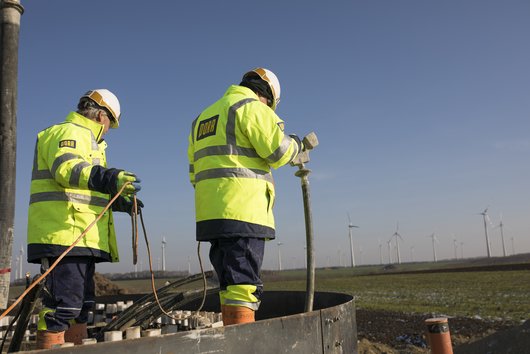
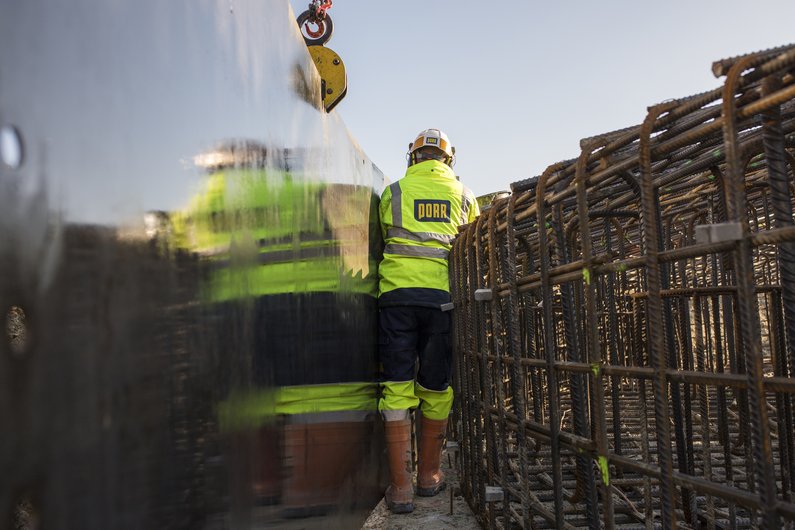

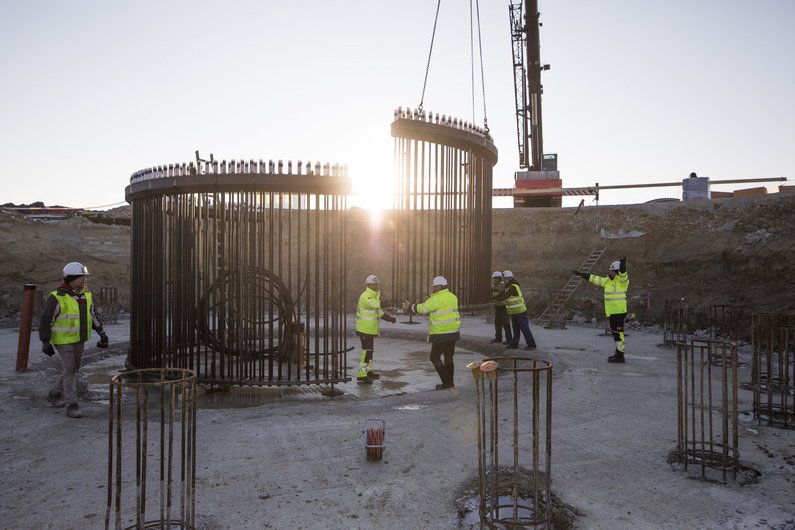
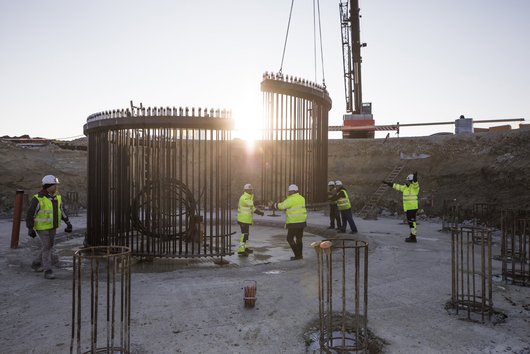
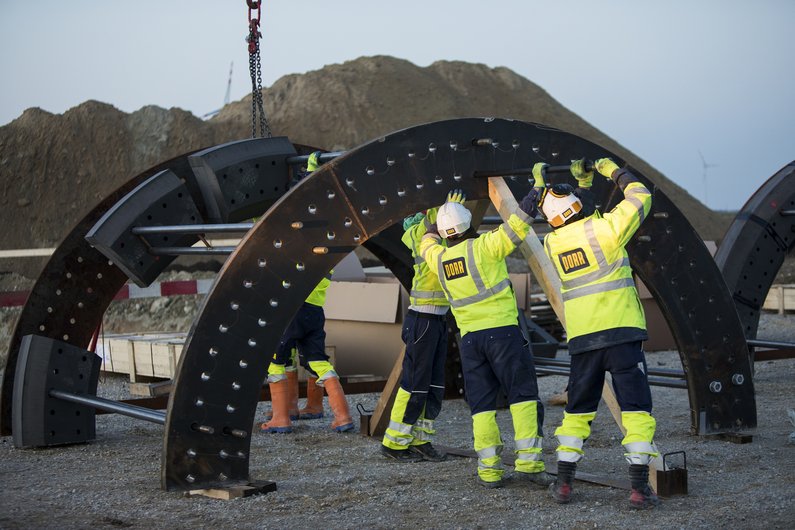

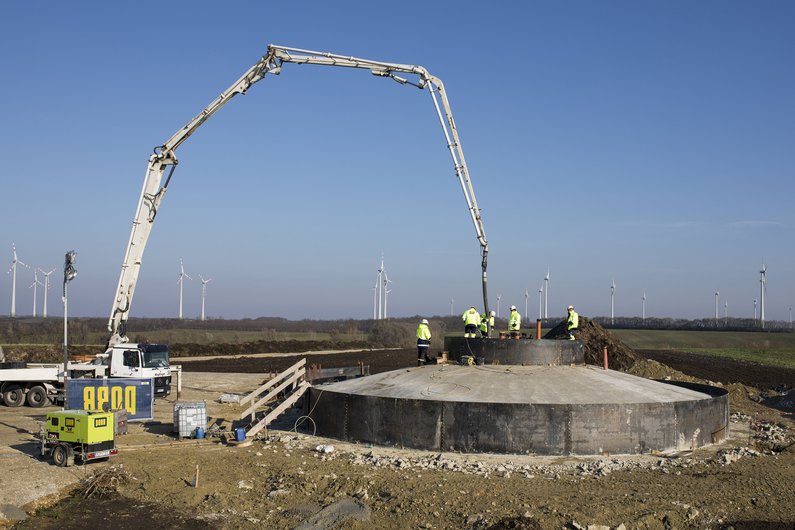
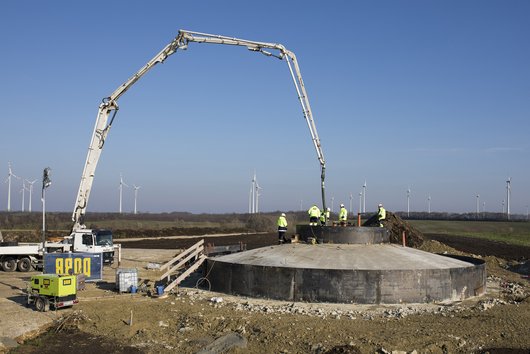
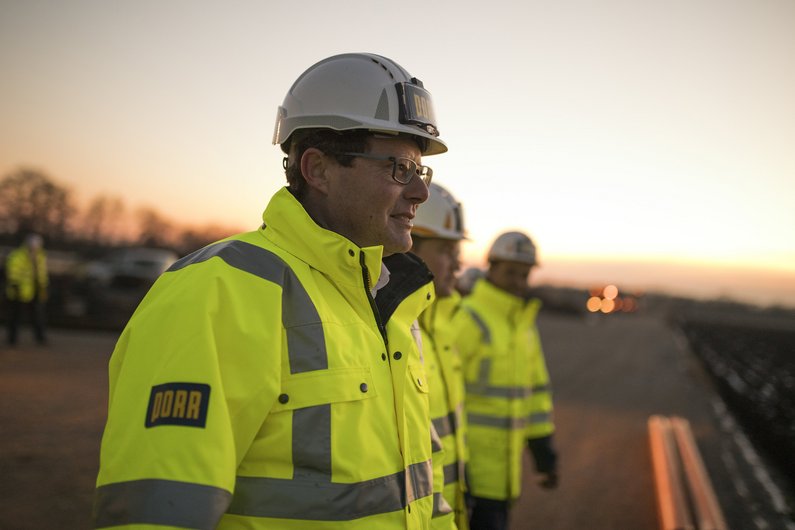
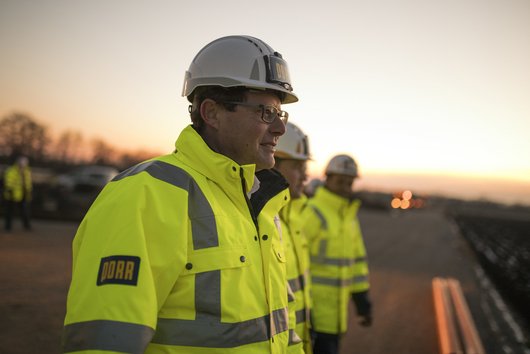
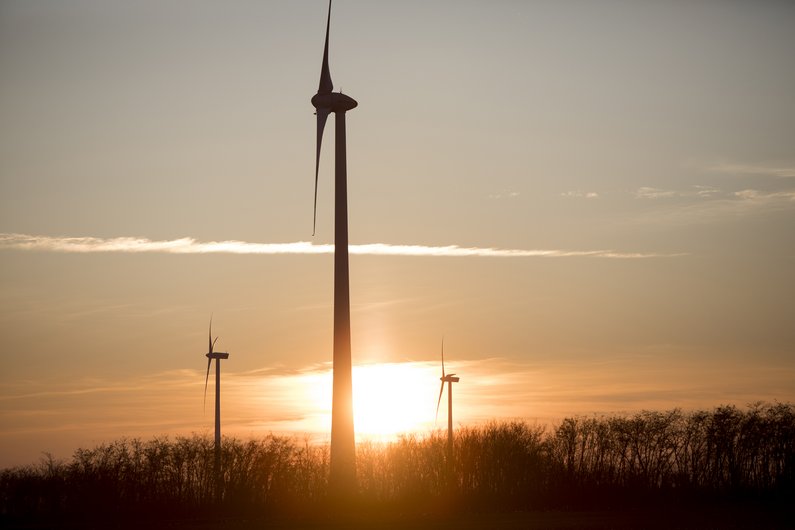
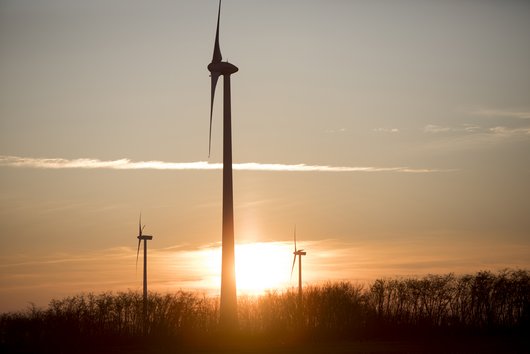
![[Translate to Englisch:] (c) UBM Development [Translate to Englisch:] (c) UBM Development](/fileadmin/_processed_/3/9/csm_20190325btpa_mgr_th62_k06_day_prefinal01-2-scaled_864227496b.jpg)
